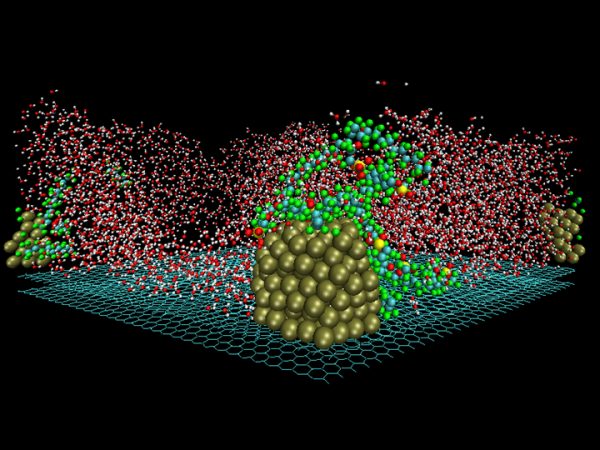The memory of a material
A popular polymer can remember what shape it was in.
Nafion is a useful material that has been around since the 1960s. But don’t be surprised if you’ve never heard of it. It was first made by a chemist at DuPont, a company that makes chemicals. It is a common ingredient in fuel cells. (Fuel cells, which are sometimes used to power satellites, produce energy from hydrogen.)
Now, a scientist in Michigan has shown that Nafion has another nifty purpose: It can “remember” three different shapes. If you were to twist some Nafion into, say, a donut shape, it would be able to form into a donut again later.
Don’t go quizzing your nearest Nafion just yet. Its memory isn’t of the usual kind: Nafion’s memory is based on temperature. Nafion is a synthetic polymer. That means it’s a material that’s made in a lab by linking together thousands of identical molecules, like a chain. Polymers come in many shapes and sizes — in fact, Silly Putty is a familiar polymer.








